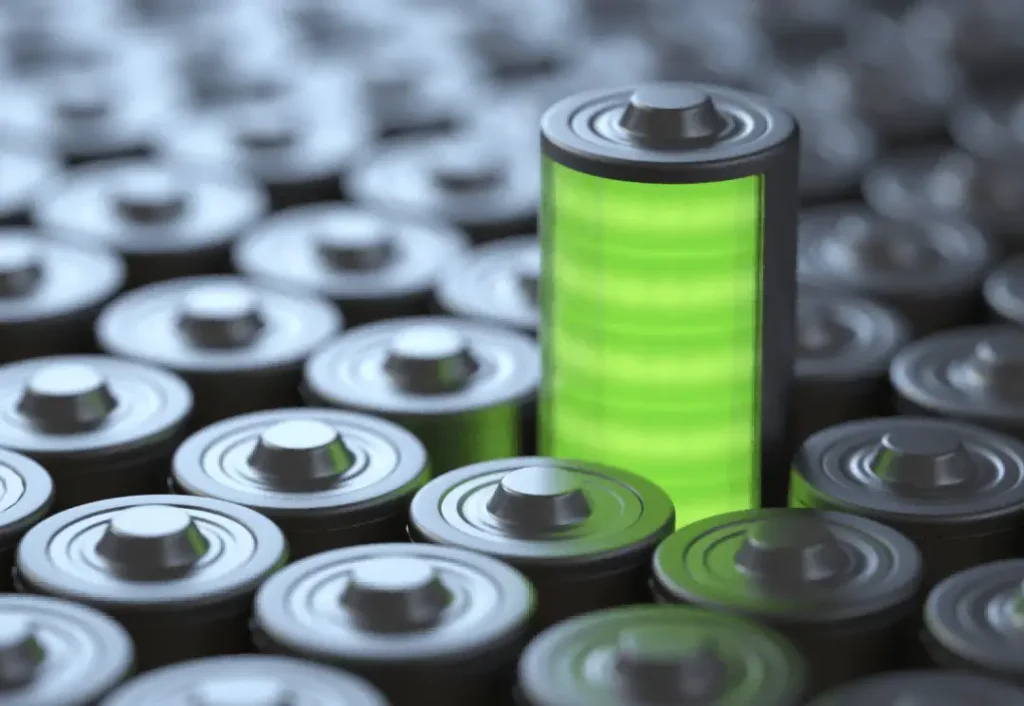Magnesium hydroxide (Mg(OH)₂) has traditionally been widely used in flame retardants, environmental remediation, and medicine. However, in recent years, its application in battery technology, especially as an electrolyte or electrolyte additive, has begun to gain attention. While magnesium hydroxide is not a typical electrolyte material, it demonstrates certain advantages in regulating electrolytes for solid-state batteries, magnesium batteries, and lithium batteries.

The following are the main advantages of magnesium hydroxide as an electrolyte or its additive:
- High Thermal Stability, Enhancing Battery Safety
- Magnesium hydroxide has an excellent thermal decomposition temperature (approximately 350°C), which is far higher than the safe upper limit of conventional liquid electrolytes.
- At high temperatures, it can absorb heat and release water molecules, delaying electrolyte overheating, thereby significantly reducing the risk of thermal runaway.
- When added to the electrolyte or electrolyte membrane as an inorganic flame-retardant additive, it helps to inhibit electrolyte combustion and improve overall battery safety.
- Inhibiting Side Reactions and Stabilizing Interface Structure
- Magnesium hydroxide has alkalinity and acid-absorption capabilities, which can adsorb or neutralize harmful substances such as hydrofluoric acid (HF) in the electrolyte, inhibiting the corrosion of electrode materials.
- It helps to form a more stable SEI (Solid Electrolyte Interphase) film, improving the battery’s first-cycle Coulombic efficiency and long-cycle performance.
- It has a good protective effect, especially on high-nickel cathode materials (such as NCM811), delaying capacity decay.
- Electrolyte Interface Modulation Function
- In solid-state batteries or gel electrolyte systems, magnesium hydroxide can be used as an interface additive or coating material to improve the matching of electrode and electrolyte ion channels.
- It increases the migration rate of lithium ions or magnesium ions, which helps to improve ionic conductivity and rate performance.
- Environmentally Friendly, Non-Toxic, and Abundant Resources
- Magnesium hydroxide is widely available (e.g., from seawater and magnesite), inexpensive, and easy to obtain, making it suitable for large-scale applications.
- Unlike traditional fluorine-containing organic electrolytes, Mg(OH)₂ itself is non-toxic and non-corrosive, which is more environmentally friendly and facilitates green battery manufacturing and recycling.
- Multifunctional Material Attributes
- Magnesium hydroxide can be used not only as an electrolyte additive but also in multiple stages, such as separator coating and electrode coating, to achieve multi-faceted functional integration.
- In composite solid-state electrolytes, Mg(OH)₂ can enhance the mechanical strength and thermal stability of the polymer electrolyte.
- Compatible with High Energy Density Systems
- For high-voltage battery systems (such as lithium batteries with a voltage window above 4.5V), magnesium hydroxide can alleviate interface decomposition problems induced by high voltage and improve the operational stability of high-energy systems.
- In new batteries such as lithium-sulfur batteries and lithium-air batteries, it can also be used as an adsorbent or electrolyte regulator to inhibit the dissolution or shuttle effect of intermediate products.
- Can be used in composite electrolytes for new battery systems
- In magnesium-ion batteries (Mg-ion battery), magnesium hydroxide can be used as an intermediate phase or composite electrolyte material to improve the migration of magnesium ions and alleviate interface passivation problems.
- It can also be used to develop buffer layers in aqueous batteries, stabilize the pH environment, and prevent hydrogen evolution side reactions.
